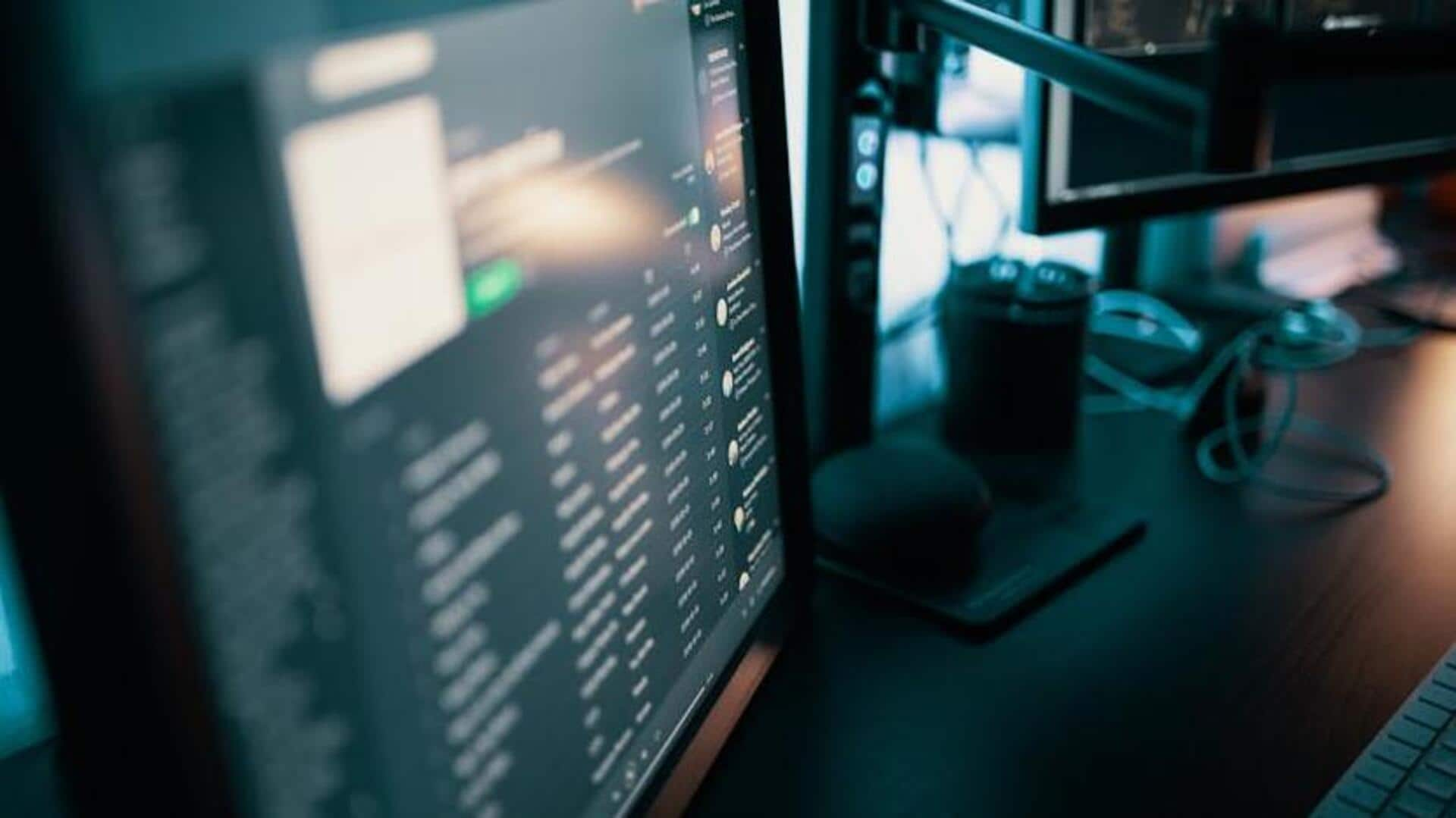
How to speed up an old desktop for free
What's the story
Reviving an old desktop can be a cheap way to boost performance without shelling out money on new hardware.
Most of us complain about our PCs getting slow over time, and that's true; they get bogged down by several factors, including software bloat, outdated settings, etc.
But, a few simple tricks can help you speed up your desktop without spending a dime.
Here are some practical tips to get going.
Drive maintenance
Clean up your hard drive
A cluttered hard drive can slow down your computer's performance drastically.
Start off by removing unnecessary files, like temporary files, old downloads, etc.
Use built-in tools like Disk Cleanup on Windows or the equivalent on other OS to free up space.
Also, consider uninstalling programs you don't use or need anymore to reclaim valuable storage space.
Startup management
Optimize startup programs
Many apps launch automatically when your PC boots up, which can slow down the start time and impact overall performance.
Check the Task Manager or System Preferences to go through the list of startup programs and disable those that are not necessary for daily use.
This would not just speed up boot times but also free up system resources for other tasks.
Software updates
Update software regularly
Keeping your operating system and apps updated is important to keep your PC running optimally.
Software updates often carry bug fixes and improvements that can make them run faster, and even more secure.
Turn on automatic updates if you can or check for updates manually from time to time to ensure everything is running in the proper manner.
Visual tweaks
Adjust visual effects settings
Visual effects, such as animations and shadows, may look appealing but can eat up a lot of system resources on older desktops.
Tweak these settings by going into the Performance Options menu in Windows or equivalent settings on other operating systems.
Choosing a simpler visual style can bring noticeable speed improvements without compromising functionality.
Defragmentation
Defragment your hard drive (HDD only)
If your desktop uses a traditional hard disk drive (HDD), defragmentation is an essential maintenance task. It reorganizes fragmented data, allowing faster access times.
Use built-in defragmentation tools available in most operating systems to perform this task periodically.
Note that solid-state drives (SSDs) do not require defragmentation as they operate differently from HDDs.